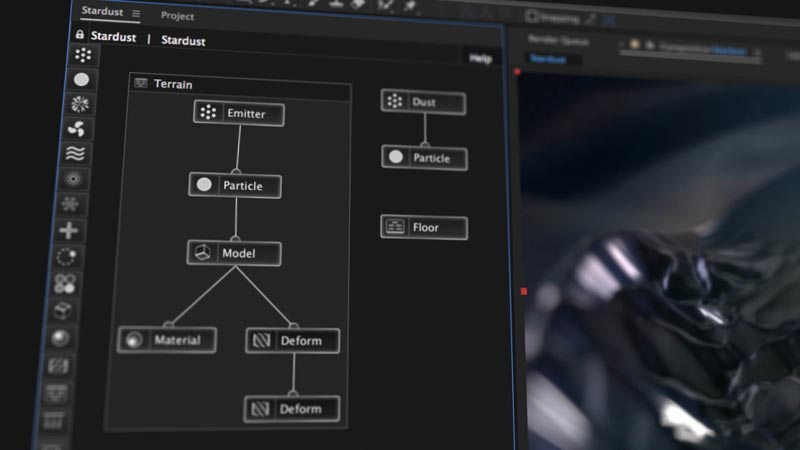



However, all these studies were conducted using standard GR and could not avoid the violation of the WEC, meaning that some exotic matter would always be required for faster-than-light travel. Since our current knowledge of this type of exotic matter is limited to some special effects in quantum field theory (such as the Casimir effect), it is unlikely that the Alcubierre WDM can be practically established within the framework of general relativity.įollowing Alcubierre’s seminal paper, many other studies appeared in the literature, either proposing alternatives to the original warp drive mechanism () or refining and analyzing in more detail the original idea (). In particular, the violation of the weak energy condition (WEC) implies that negative energy density is required to establish the Alcubierre WDM, thus making it practically impossible to achieve this type of super-luminal motion, unless large quantities of exotic matter (i.e., with negative energy density) can be created. However, Alcubierre was also the first to point out that this hypothetical solution of Einstein’s equations of GR would violate all three standard energy conditions (weak, dominant, and strong see for definitions). Enormous tidal forces would only be present near the edge of the warp bubble, which can be made large enough to accommodate the volume occupied by the ship. Furthermore, the spacecraft and its occupants would also be at rest in flat space time, thus immune from high accelerations and unaffected by special relativistic effects, such as time dilation. In this way, the spaceship can travel at arbitrarily high speeds, without violating the laws of special and general relativity, or other known physical laws. This superluminal propulsion is achieved, respectively, by expanding and contracting the space time behind and in front of a spaceship, while the spacecraft is left inside a locally flat region of space time, within the so-called warp bubble. In 1994, Alcubierre introduced the so-called Warp Drive Metric (WDM), within the framework of general relativity (GR), which allows in principle for super-luminal motion, that is, faster-than-light travel. Therefore, if conformal gravity is a correct extension of general relativity, superluminal motion via an Alcubierre metric might be a realistic solution, thus allowing faster-than-light interstellar travel. In particular, the resulting warp drive does not require the use of exotic matter. We show that for particular choices of the shaping function, the Alcubierre metric in the context of conformal gravity does not violate the weak energy condition, as was the case of the original solution. The main characteristics of the resulting warp drive remain the same as in the original study by Alcubierre, that is, effective superluminal motion is a viable outcome of the metric. We present an analysis of the classic Alcubierre metric based on conformal gravity, rather than


 0 kommentar(er)
0 kommentar(er)
